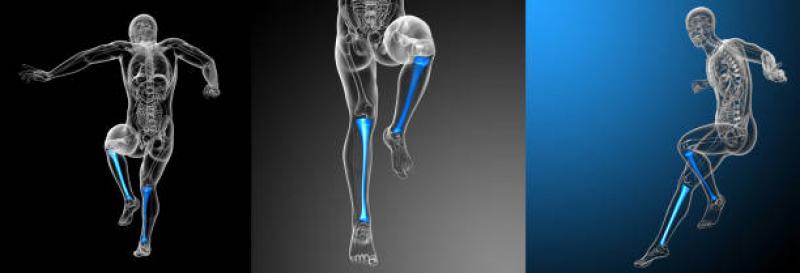Introduction
Joint pain is an ailment that affects millions of people worldwide. Be it due to injury, aging or genetic predisposition, damaged cartilage or worn out joints can lead to debilitating pain and impaired mobility. While joint replacement surgeries provide relief in severe cases, they are invasive procedures with risks of post-operative complications. Orthobiologics offer a promising alternative for tackling joint issues in a minimally invasive manner.
What are Orthobiologics?
Orthobiologics refer to biologic treatments that utilize the body's natural healing responses to repair damaged tissues. They typically involve injecting specialized formulations containing purified growth factors, stem cells or other biologic materials into joints. These biological agents stimulate the body's innate repair mechanisms to regenerate cartilage and lubricating fluids. Being injectable therapies, orthobiologics can be administered in an outpatient setting through minimally invasive procedures.
Types of Orthobiologic Therapies
Several options are available for orthobiologic therapies targeting different joints:
- Knee Joints: Platelet-rich plasma (PRP) and bone marrow concentrate (BMC) injections are common for knees. PRP utilizes concentrated platelets extracted from one's own blood while BMC employs concentrated stem cells extracted from bone marrow. Both work by releasing growth factors to stimulate cartilage growth.
- Shoulder Joints: PRP and hyaluronic acid injections are routinely used for shoulders. Hyaluronic acid acts as a lubricant and shock absorber in joints.
How do Orthobiologics Work?
The main mechanisms of action of various orthobiologic therapies include:
- Stem Cell Therapies: Mesenchymal stem cells have the potential to differentiate into cartilage, bone and other joint tissues. When injected, they secrete trophic factors aiding tissue repair. In some cases, they may directly replace damaged cells.
- PRP and BMC Therapies: Platelets and bone marrow cells release anabolic growth factors upon activation. These stimuli recruit endogenous stem cells and promote proliferation of chondrocytes (cartilage cells). They also suppress inflammation.
Benefits of Orthobiologics
The major advantages orthobiologics offer over traditional treatments include:
- Minimal invasiveness - delivered through injections without surgery
- Use of body's natural healing response for regeneration
- Potential for disease modification in early stages by restoring cartilage
- Faster recovery times and return to daily activities
Current Challenges and Future Outlook
While orthobiologics are promising, they are still an evolving field with some key challenges:
- Lack of standardization between products leading to variability
- Inadequate evidence on long term outcomes and optimal treatment protocols
- High production costs inhibiting widespread availability and insurance coverage
However, continued clinical research is addressing these gaps. With advances in tissue engineering, gene therapy and nanotechnology, next generation orthobiologics will likely be more potent and disease-modifying.
Conclusion
In summary, orthobiologic injections harness the body's innate healing mechanisms to repair cartilage and lubricating tissues in a minimally invasive manner. Ranging from PRP and BMC to stem cells and scaffolds, they offer an enticing alternative to drugs and surgeries for joint care. While still evolving, orthobiologics have potential to delay or prevent joint replacements and are paving the way for a regenerative approach to orthopaedics. Further research will enhance standardization and validate their role as the future of joint pain relief.
